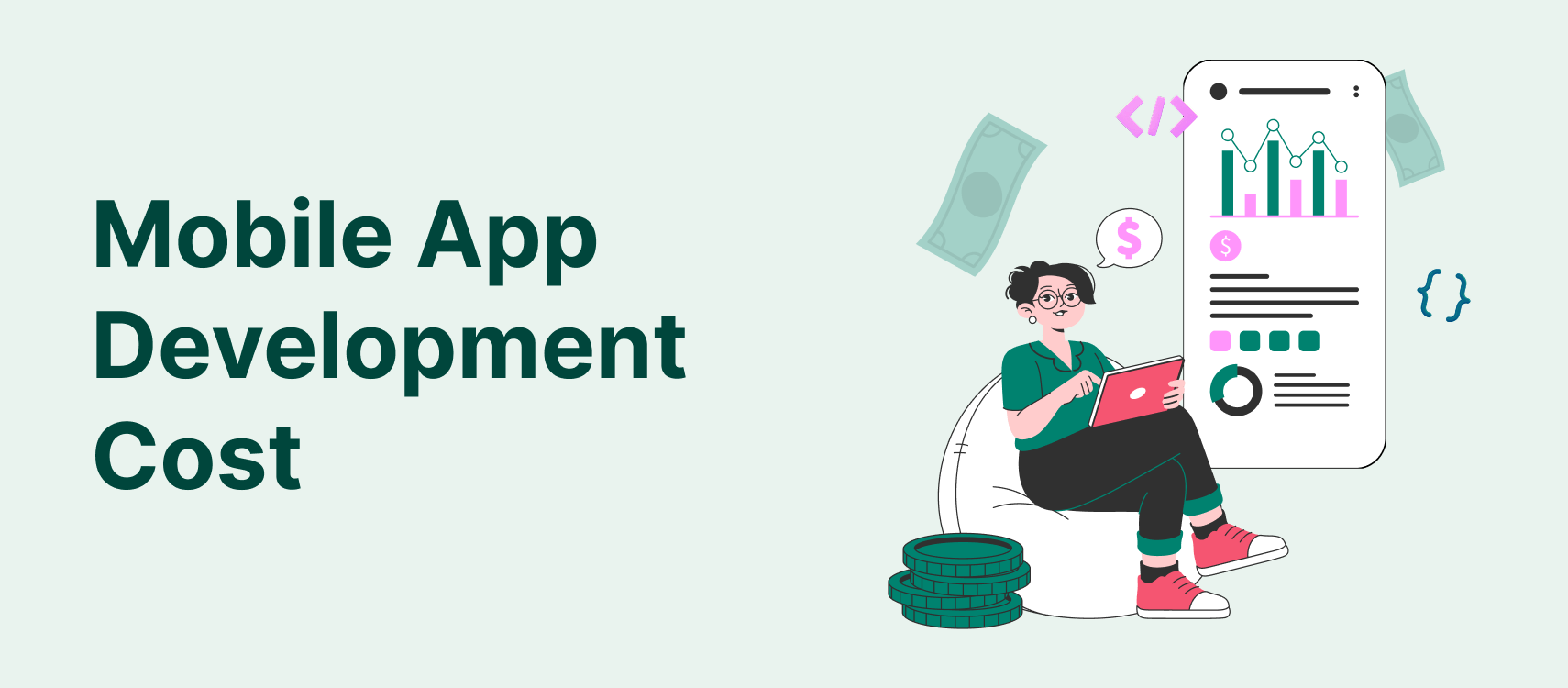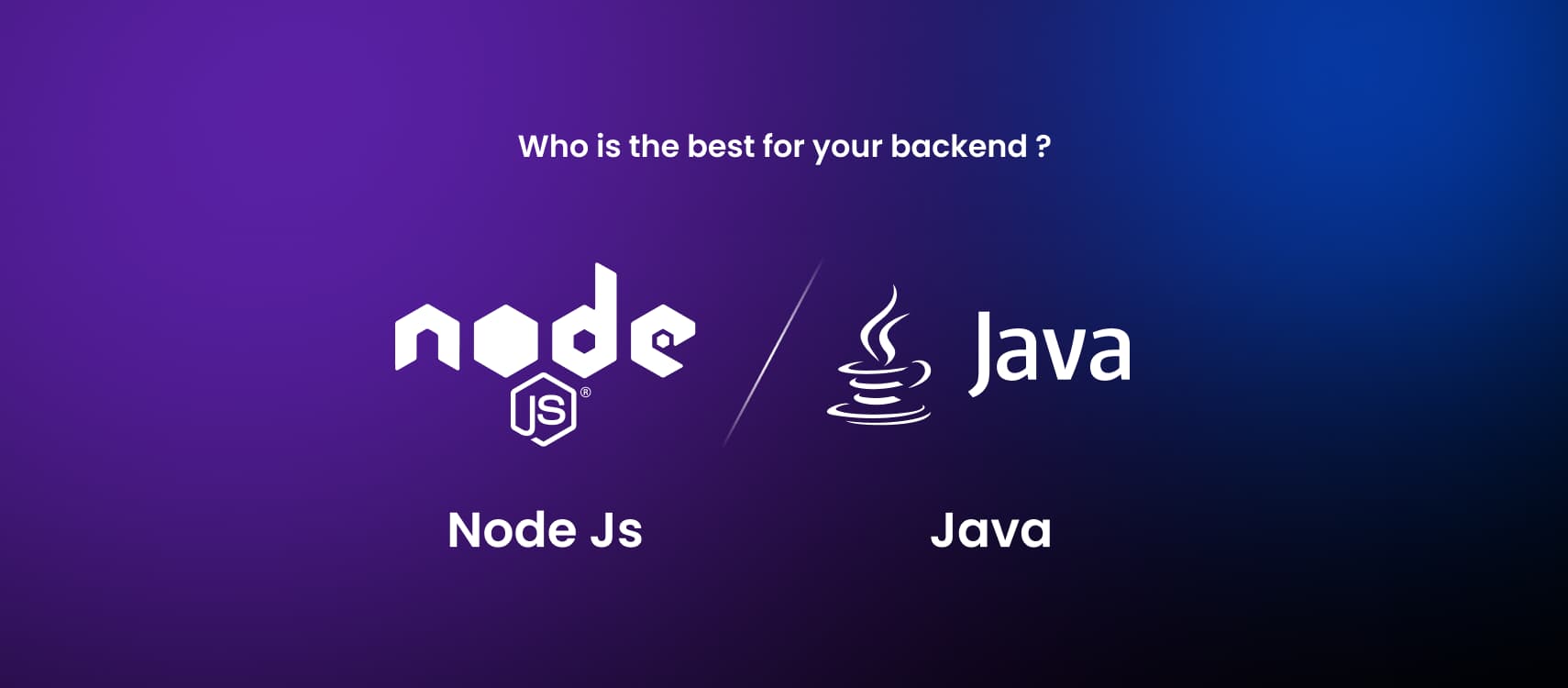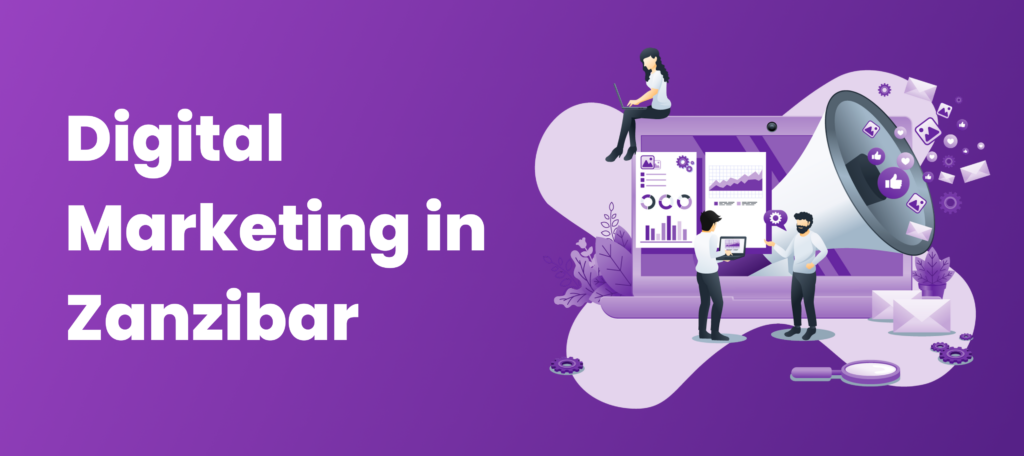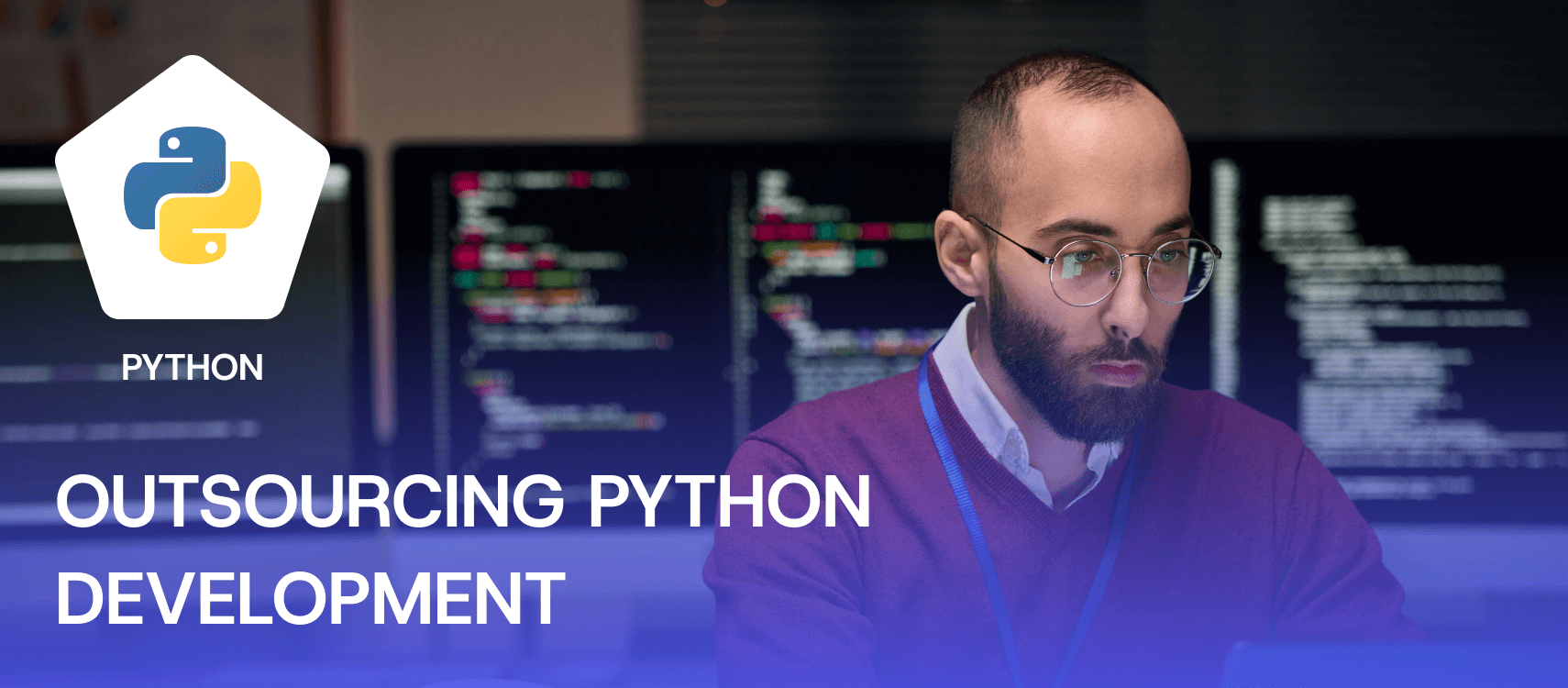Table of Contents
- Key Factors of App Development Cost
- How Far You Want to Push UI/UX
- Backend and APIs
- Popular App Categories
- Team Structures
- Approach Matters
- Cost Breakdown by Complexity
- Testing & Quality Assurance
- API, Maintenance & Recurring Costs
- Wrapping Up
While nobody can cast a doubt on the value propositions of a mobile app, what makes businesses hesitate to build one is often pricing. Asking how much does it cost to build an app, you may not get a straightforward answer. The complexity of cost factors is so huge that no app development cost guide can be enough to reveal the potential cost of a project in clear terms.
Keeping this overwhelming challenge in mind, we can only guide you towards a realistic app development cost estimation. Here below we are going to discuss every factor, every nuance, every less-talked attribute corresponding to app development cost. Stay tuned till the last word.
Key Factors Influencing Mobile App Development Cost
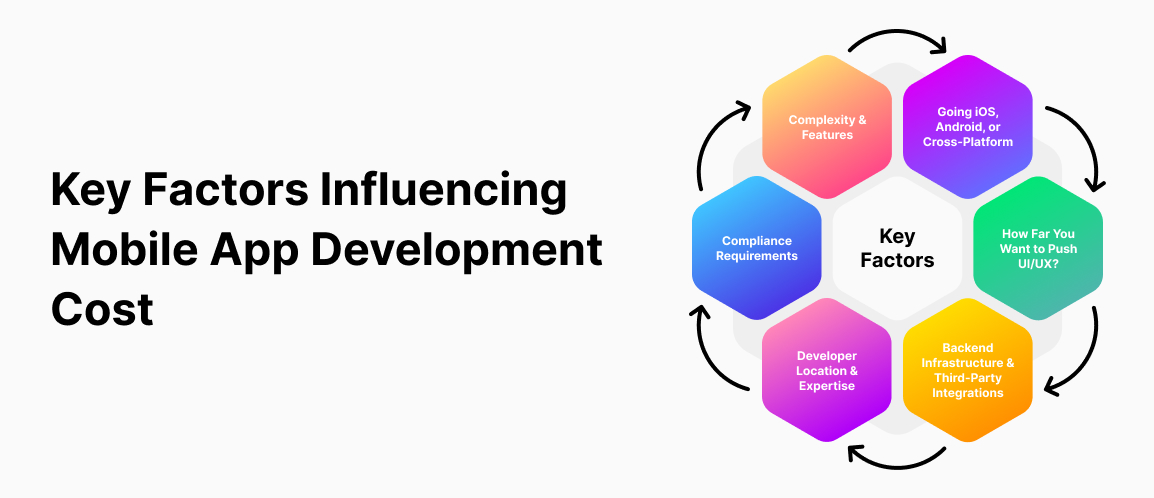
What concerns most businesses while working on an app idea is the app development budget. A clear breakdown of mobile app development cost factors and how to deal with each one of them is critical to maintain the ROI. Let’s explain these cost factors one by one.
Complexity & Features
Here the simple formula is, the more problems an app is built to solve, higher is the cost to build it. For example, a basic calendar app involves less development time and cost. But when the same app is loaded with time management features, and the cost of development can significantly go up. The cost can further go up when you add AI-enabled personalized time management suggestion and reporting features. Mobile app development pricing first of all, revolves around complexity and features the app project involves.
Going iOS, Android, or Cross-Platform
Among the factors affecting app development cost, choice of platform is fundamental. Even a basic app built native simultaneously for iOS and Android may cost significantly higher than a moderately feature-rich cross-platform app. The simple math is, in the first case you are building two separate apps from scratch and for the latter, you are building a single app with two separate UI layers targeting iOS and Android.
Now if you need to choose between iOS and Android for building a native app, which platform will cost you more? Well, because of the limited device ecosystem iOS app development cost can be lower while you need to face stricter app submission and approval process. Android app development cost is often higher because of the highly fragmented ecosystem that requires more testing time. Cost alone cannot be a decisive factor here because every app also needs to take into account the percentage of target audience spread across these platforms.
Cross-platform app development sharing the same codebase across platforms can reduce the development cost significantly. Moreover, with robust frameworks like Flutter or React Native and their respective resource pool, an app project can get going quickly.
How Far You Want to Push UI/UX?
Before explaining the UI/UX design cost in app development, let’s understand some basics. First of all, those days are gone, looking beautiful was all that mattered for the designers. Design is now more about creating a compelling and intuitively effortless user journey. Even while using a feature-rich app, the user wants the app to understand his needs and make things accessible on its own. Here comes the cost of designing such such effortless and intuitive apps.
More efforts user needs to put, the worse the app UI/UX is. To put it into our present perspective, the more ease and simplicity we ensure for user interactions, the higher the time and inputs we require from the UI/UX team. While the impact of UI/UX design on app development budget is significant, you cannot trade-off user engagement to reduce your cost.
Question is, how far you want to push this quest for excellence in UI/UX design, especially when you have budget constraints and limited resources? Well, you can take a middle path by prioritizing the functional elements of design that helps users get things done quicker and keep cost-consuming aesthetic elements like adaptive layout, motion design and animation in the queue. Some irreplaceable elements of mobile app UI/UX design cost that you cannot do without include user research, interactive wireframes, and accessibility features.
Backend Infrastructure & Third-Party Integrations
The backend that takes care of most intensive tasks to keep the app running involves a significant cost. Some of the mission-critical tasks backend is responsible for include user authentication, data storage, business logic, and real-time syncing. The backend infrastructure cost will increase in sync with the complexity of data workflows an app needs to handle.
Third-party integration cost is another key constituent for overall development cost. Since mobile apps now relies on a gamut of third-party services for features and user interactions, this cost component cannot be done away with. Let’s understand this with an example.
A grocery delivery app needs third-party payment gateways and wallets to make customer pay, it needs a GPS map API to help customer track delivery and it needs third-party messaging tool to help real-time interactions. To stay competitive the app also needs to integrate a chatbot for customer support. Now tell me, can you think of a delivery app without any of these? So, this length of this cost component entirely depends upon the niche and nature of the app.
Developer Location & Expertise
To build an app you need to hire developers. The cost of hiring developers vary as per your engagement and hiring model. If you opt for inhouse development, the cost of resources and infrastructure together can be huge. If you go for outsourcing, the cost goes upwards from onshore to near-shore to offshore teams. Even within offshore teams, you can find developers in Asia-Pacific, East Europe and South America charge far less than their Western Europe and North American counterparts.
Now don’t forget that varying cost depending upon the location is just one part of the game. There are some regions with higher concentration of a specific skill set and similarly some sought-after skills are so scarce, you cannot help but paying higher to a remote team to get things done. Another crucial factor is domain expertise. Who will not dream of hiring the team that built Uber, when having a service based app in mind? Hiring developers with great track record and success stories will always add to your development cost.
Compliance Requirements
For apps of certain industry niches, mitigating compliance requirements from industry watchdogs and regulatory bodies remain a challenge. For example, investment apps and healthcare apps need to comply with multiple regional, federal and global regulations and standard practices. If your app is dealing with sensitive data, adhering to compliance standards like GDPR, HIPAA, or PCI-DSS is a must.
Staying compliant involves cost at several layers, right from privacy and security features like data encryption to rigorous quality assurance and testing to meticulous documentation. Irrespective of the cost overload compliance requirements adds to your budget, you cannot do much about it.
Cost Variations for Some Popular App Categories
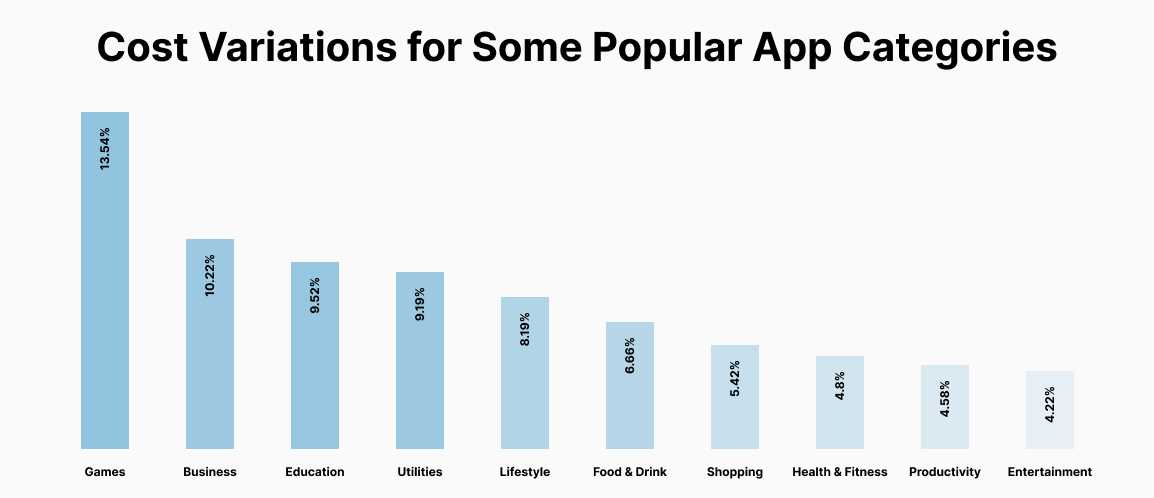
The development cost of an app varies widely across categories as features, functionalities and backend complexities differ from one another. Let’s provide here a breakdown of feature-specific costs across some popular app categories.
E-commerce Apps
E-commerce app development cost is comparatively higher than many other app categories thanks to the wide range of features and third-party integrations it involves. Some of these key cost-intensive elements include product catalogs, user accounts, secure payment gateways, real-time inventory updates, reviews, cart management, order tracking, and integration of third-party platforms like Shopify, Stripe, or PayPal. The cost can further add up with in-app personalization features, AI-powered product recommendation and analytics dashboards.
The cost range for an e-commerce app can be between $40,000 to $150,000 or above. Here is a rough breakdown of the cost of developing an e-commerce app:
- Product catalog and category management: $8,000 to $15,000
- Shopping cart and checkout system: $6,000 to $10,000
- Payment gateway integration (Stripe, PayPal): $5,000 to $8,000
- User registration and profile management: $3,000 to $6,000
- Order tracking and notification system: $4,000 to $7,000
- Admin dashboard and inventory control: $6,000 to $12,000
Social Networking Apps
Social networking apps requires real-time functionalities and robust backend infrastructure for seamless performance. Key features and integrations of social networking apps include chat, notifications, media sharing, content feeds, user privacy settings, content moderation, algorithms for feed and content ranking, social commerce platforms and payment gateways. AI-powered chat supoort and analytics tools further add to the cost.
Typical cost of building a social networking app is between $60,000 to $250,000. Here is a rough breakdown of social networking app development cost.
- User registration, login, and social sign-ups: $4,000 to $6,000
- Real-time messaging and chat: $10,000 to $20,000
- Media upload and feed: $10,000 to $18,000
- Push notifications and friend request feature: $4,000 to $8,000
- User profiles and privacy settings: $5,000 to $9,000
- Content moderation and reporting tools: $6,000 to $10,000
Healthcare Apps
Healthcare app development cost varies based upon the audience it caters to, the feature set, the complexities of data workflows and compliance requirements. Some of the cost-intensive functionalities and integrations involved in healthcare apps include appointment scheduling, telemedicine, electronic health records, secure chat and messaging between patients and service providers, integration of wearable health gadgets, data storage encryption, access control and analytics.
The cost range for a healthcare app varies between $70,000 to $300,000. Here is the rough breakdown of different cost components:
- HIPAA-compliant user data storage: $10,000 to $20,000
- Doctor-patient video consultations: $12,000 to $25,000
- Appointment scheduling and calendar sync: $6,000 to $10,000
- EHR (Electronic Health Records) integration: $10,000 to $20,000
- Secure messaging and file sharing: $5,000 to $10,000
- Wearable and IoT device integration: $8,000 to $15,000
On-Demand Service Apps
On-demand service apps offering numerous services like food delivery, ride-sharing, or home services involve a different set of functionalities and integrations altogether. Some of the key functionalities and integrations involved in developing on-demand apps include real-time location tracking, algorithms for service to customer matching, in-app payment gateways and wallets, user ratings, chatbot support and dual UIs for customers and service providers.
The average on-demand app development cost ranges from $50,000 to $200,000. Let’s look at the breakdown of this cost across various components.
- Dual interface for user and service provider: $10,000 to $18,000
- Real-time GPS tracking: $8,000 to $15,000
- Booking and matching algorithm: $7,000 to $14,000
- In-app payments and tipping system: $5,000 to $9,000
- Service history, reviews, and ratings: $4,000 to $7,000
- Live order updates and ETA calculations: $6,000 to $12,000
Gaming Apps
Both gaming catering to entertainment audience require interactive features and intensive high-definition graphic output. In case of game apps, the cost depends primarily on the game logic animations, multiplayer features, media streaming functionalities, length of the game across levels, and integration of payment gateways for in-app purchases. The game engines, 3D assets, and monetization models you use for building the app greatly impact the total game app development cost.
Typical cost of building a game app ranges between $80,000 to $500,000. Here is a rough breakdown of cost across various components.
- Game logic and core mechanics: $20,000 to $50,000
- Graphics, animations, and UI assets: $15,000 to $70,000
- Multiplayer functionality: $15,000 to $30,000
- Media streaming and content delivery: $10,000 to $25,000
- In-app purchases and monetization setup: $6,000 to $12,000
- Cloud saves and user data sync: $5,000 to $10,000

Team Composition & Engagement Models
How you hire mobile app developers and what engagement model you follow has a significant bearing on the app development cost. Compared to outsourcing, in-house app development team cost can be higher, if you have a single project to develop and run. When hiring do not get lured by the cost of hiring freelancers vs agencies for app development, as the former is likely to be less committed compared to a dedicated app development team.
Let us compare all these pros and cons regarding the cost of hiring app developers for a project.
| Type/Model | Cost Estimate | Pros | Cons |
| Freelancers | $20 – $100/hour | Low upfront cost, flexible hiring, global talent | Requires coordination, inconsistent quality, no accountability |
| In-House Teams | $50 – $120+/hour (approx.) | Full control, strong collaboration, culture fit | High overhead, long hiring process, limited tech exposure |
| Agencies | $40 – $200/hour | Cross-functional teams, managed delivery, low risk | Higher cost, less internal control, timezone issues |
| Hourly Model | $10k – $50k+/month | High flexibility, ideal for evolving requirements | Unpredictable budget, risk of scope creep |
| Fixed-Price Model | Varies by hours used | Budget clarity, clear scope and timeline | Rigid scope, costly changes or delays |
| Dedicated Team Model | $500 – $2,000+/year | Focused team, deep product knowledge | High commitment, may be inefficient for small tasks |
| Project Management Tools | Fixed lump sum | Organized workflow, better planning and tracking | Hidden cost, potential learning curve |
Development Approaches and Their Cost Impact
The choice of OS platform and development approach to build the app for these platforms have considerable impact on the mobile app development cost. Native approach or building separate apps for iOS and Android is naturally more expensive than building a single cross-platform app that runs on both platforms. To make comparison even more interesting, we now have Progressive Web Apps or PWA, which is basically a website functioning like a mobile app.
Native App Development
Native app development requires using platform-specific languages and tools. For example, a native app for iOS will use Swift for programming and iOS SDK for UI. The native Android version of the same app will use Kotlin or Java for coding and Android SDK for UI. Native app development cost is higher because there is least scope of reusing components and resources across platforms. On the other hand, because of a highly platform-specific approach it ensures optimum performance, security, and seamless access to device features,
Cross-platform App Development
The Cross-platform app development is developing one core codebase for the app targeting both iOS and Android platforms and achieving the platform-specific look and feel by leveraging respective UI layers. Cross-platform app development cost is lower because of the scope of reusing maximum codebase and components across platforms. Both React Native and Flutter have emerged as the leading cross-platform frameworks and are known to deliver native-like performance and look and feel.
Progressive Web Apps (PWAs)
Progressive Web Apps (PWAs) are basically browser-run web applications built to deliver the look, feel and performance of native mobile apps. They can be built quicker offering significant cost advantages, while offering native features like offline access and push notifications. Any content-based app project that doesn’t require a lot of integrations can find PWA as the most cost-effective and efficient solution.
Cost Breakdown by App Complexity
Mobile app development cost shoots up as you bring richer features, integrations and make backend workflows more complex. Some apps catering to the demands of scalability also gets more complex and multilayered over time, adding to the concurrent development and app maintenance cost. A rough estimation of cost impact for basic to moderate to advanced functionalities will give you a good idea of where to begin and how to deal with the cost impact for different projects over time.
| App Complexity | Features Included | Estimated Cost Impact |
| Simple Apps | Basic UI components (buttons, forms) Static screens (3–5 screens) No backend or minimal local storage Basic navigation (tabs, hamburger menu) | $2,000 – $5,000 $2,000 – $4,000 $1,000 – $3,000 $1,000 – $2,000 Total Estimated Cost $10,000 – $25,000 |
| Moderately Complex Apps | User authentication (email, social login) Basic backend with CRUD operations Payment gateway integration (Stripe, PayPal) Push notifications Dashboard or user profile management UI/UX with responsive design | $3,000 – $6,000 $5,000 – $10,000 $3,000 – $7,000 $2,000 – $4,000 $3,000 – $6,000 $4,000 – $8,000 Total Estimated Cost $25,000 – $60,000 |
| Complex Apps | Real-time features (chat, collaboration tools) AI/ML integrations (recommendations, OCR, chatbots) Enterprise-grade backend (microservices, scalability, CI/CD) Advanced security & compliance (HIPAA, GDPR, 2FA) Offline functionality with sync on reconnect Integrations with wearables, IoT, or native sensors | $8,000 – $15,000 $10,000 – $25,000+ $15,000 – $30,000 $5,000 – $15,000 $3,000 – $7,000 $4,000 – $10,000 Total Estimated Cost $60,000 – $200,000 |
Testing & Quality Assurance (QA)
Testing and QA is the ultimate gateway that your app passes through to become competitive and successful. Naturally, cost of testing an app should not be a deterrent. But, you need to have a full knowledge of the cost components involved in testing and QA phase. Let us shed some light here.
Manual vs. Automated Testing
The Manual testing is done by human testers who write test scripts to check and explore glitches, usability issues and UI/UX shortcomings. Manual testing is time consuming and hence is good for small projects. When it comes to large and complex apps, testing is done at scale through automated testing tools. While manual testing cost is confined only to the remuneration of the testers, automated testing involves a higher initial investment. For recurring test requirements, manual testing will add recurring overhead cost while automated testing tools requiring only initial investment can be more cost-effective.
Device Compatibility & OS Version Testing
Mobile device ecosystem comprising a vast range of devices, screen sizes, and different operating system versions requires a wide range of test cases. You need to test apps across combinations of devices, screen sizes, resolutions and OS versions. Mobile app testing across device-OS combinations can add significantly to your app development budget. This is particularly tedious for Android platforms with a vast device ecosystem, though in case of iOS you have stricter quality requirements spread across iPhone and iPad devices and their iOS versions.
Usability and Security Testing
Mobile app usability testing focuses on how easily users can navigate within the app carry out tasks with little effort. Testing usability and addressing issues is crucial to get a competitive edge. Security testing on the other hand focuses on checking data privacy, security vulnerabilities, and compliance with industry-specific and regional guidelines like GDPR, HIPAA, etc. While app usability testing cost depends on app complexity, the cost of security testing can be high for certain industries.
API, Maintenance & Recurring Costs
When figuring out the app development budget, businesses often downplay the costs for third-party APIs that grow over time, cost of maintenance and licensing and recurring costs for servers, cloud storage and version updates. Let’s have a closer look at these cost components.
App Store Submission and Annual Fees
Apple charges from a developer a fee of $99 per year, and for Google Play developers only need to pay an one-time $25 registration fee. When you opt for enterprise-grade distribution, the Developer Enterprise Program of Apple charged $299 per year. Since these fees are mandatory, you need to consider them into your app development budget.
Server, Hosting, and Cloud Storage
Apps that depend on rigorous data workflows need to upgrade backend infrastructure frequently including server, hosting, and cloud storage. Based on the volume of users and bandwidth requirement, the cost of using services like AWS, Azure, Google Cloud, or Firebase ranges between $20 to $500/ or more every month. Based on your app niche, you need to take different mobile app development cost components into your budget. For example, content publishing, media apps and apps with real-time features need to bear the cost of CDN services and load balancing tools.
Third-Party API Costs
A modern app can easily add several crucial features like maps, payments, chatbot or analytics just by integrating third-party APIs. These APIs catering to different service requirements charge mostly based on usage. For Stripe API, you need to pay fee per transaction, for every request Google Maps API charges, and Twilio for its chat platform charges based on user volume.
Licensing & Compliance Cost
Many apps need to use niche proprietary software, data feeds, or SDKs and this involves paying for licenses. On the other hand, certain industries like fintech, health, and edtech need to bear the cost of frequent audits and certifications, besides the cost of legal compliance. This can often scale up to thousands of dollars per year.
App Maintenance & Version Updates
Finally, every app needs to fix bugs on regular basis and roll out updates to make the app compatible with the latest OS version. Rolling out new features can make some version updates more expensive. While these are crucial to maintaining and boosting user engagement and traction, it brings a long-term and recurring cost component.
Wrapping Up
So, assessing mobile app development cost based on different factors requires a well laid-out plan where you can segregate cost components based on priorities. Analyze all the cost drivers for your project and figure out the ones you can do away with for initial release. Figure out how the recurring cost will scale over time based on your projections. Lastly, segregate budget for the initial release, recurring cost and cost of future roll-outs. Make a watertight case for the cost every major app upgrade vs its impact on ROI.







